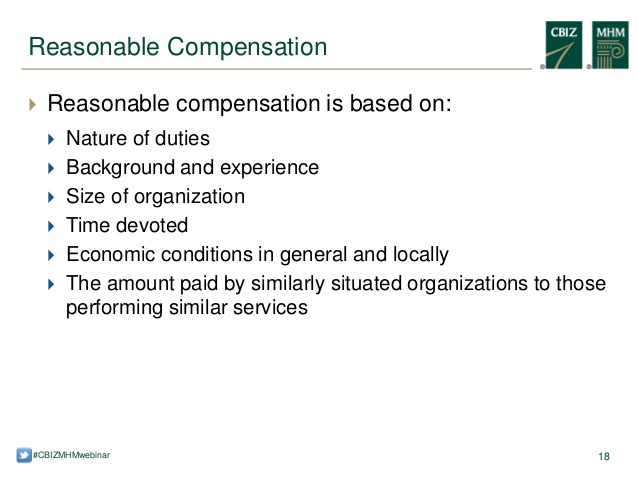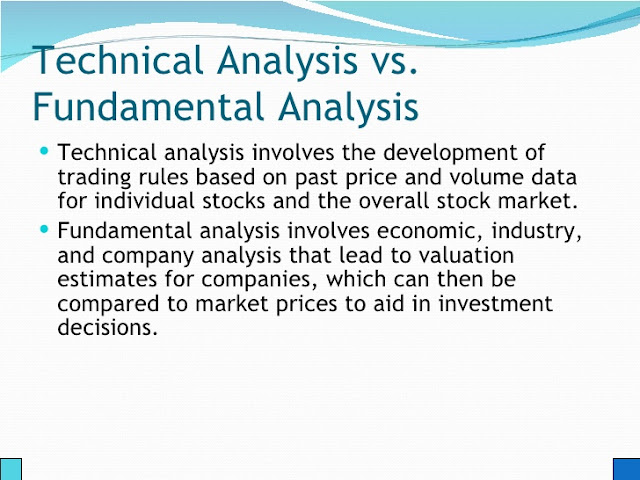 |
| Affilorama Review |
How Affiliate Marketing Works
Before we begin here's a quick refresher info-graphic about how affiliate marketing works.
Affilorama: Overview
Name: Affilorama
Website: www.affilorama.com
Price: Free for Basic, $67 monthly, $497 for three years + upgrades
Owner: Mark Ling
Overall Rank: 80 out of 100
You’ll find that Affilorama is basically a website that was started by Mark Ling in 2005 and is a community that gives training instructions, guidance, tools, and helpful tips that are associated with affiliate internet marketing. The purpose and goal of the Affilorama website is to assist beginner online affiliate marketers to develop their internet business from scratch. Affilorama also provides free training program material that is intended for newbie online affiliate marketers.
Premium membership, in addition to more advanced training material, also includes the ability to access AffiloBlueprint, which happens to be a 12-week course that is made of 40 videos created to take you through building a successful affiliate website step-by-step.
Affilorama is probably one of the better products within the affiliate marketing industry at keeping up (although they don’t always do the best job) and with this review I’ll be going through the program along with many of the additional “up-sells” of this particular affiliate marketing product.
But first of all, I’d like to provide you with a quick overview of the positives and negatives when it comes to this program. Then I’ll get into details regarding the various features of the Affilorama membership.
Affilorama: Review – Pros vs. Cons
Pros:
- Affilorama is a straightforward very easy to use educational learning tools that include software programs.
- Upon joining Affilorama you will be able to access one of the major leading internet affiliate marketing communities.
- The free option lets you check out basics without having to invest any money.
- If you do decide to further your learning experience and buy into the premium program you will have a payment option which provides a three year payment plan.
Cons:
- Once joining Affilorama you may find that their are way too many options which might tend to make selecting the right program difficult.
- Affilorama’s free basic program is very limited in comparison to the paid programs.
- There is some obvious apparent conflicting information (that might be harmful) training for your new online business.
- Deciding to buy into the Premium Programs could become very costly especially when you start to add in the additional “offerings” and upgrades.
- If you need help or support it’s handed off to a support team, and you rarely have the opportunity to talk or connect directly with Mark Ling himself.
Who is the Affilorama Program For?
Affilorama is intended to be used by any person who would like to make some extra money online as an affiliate marketer. The training inside the Affilorama website is focused on anything from the basic website set-up to the more complicated marketing approaches. There really isn’t any requirement for you to have any prior understanding of hosting, website building, marketing or content management.
Affilorama: Who is Mark Ling?
Mark is one of the better affiliate marketing teachers out there. His training courses have been praised by many and are said to be easy to understand. Mark Ling teaches his audience in a style that makes everything simple. Mark creates his products for newbies (beginners) and intermediates.
What Do You Get From Affilorama’s Training
Affilorama’s training starts off with the initial basic free program which is made up of videos along with some other other online tools to follow step-by-step. Additionally there are several software apps which can be used as well as. ( analysis tools and site ranking).
The Premium level of Affilorama offers interviews with various successful Internet Entrepreneurs, bootcamp, videos and added training.
You get 100 lessons that teach various subjects such as (site building, SEO, PPC, email marketing and more)
You get access to Affilorama’s forums ( that is one of the largest affiliate marketing forums online)
A virtual “lesson book” so that you can keep a record of the training sessions you have already covered, and thus keeping you on track.
The Affilorama Premium level includes content that has been created specifically for your selected niche.
Premium Level includes Affilorama Jetpack (this is the customized website creation and hosting package)
Affilorama Premium level also has the Affilorama Theme which is another part of that service.
My Conclusion Of The Affilorama Review
Affilorama is known for a reputation of being simply a trustworthy service that’s accurate in carrying out what it says it will do. It has been generally renowned as having a very good free source for beginners who are searching for a step-by-step blueprint to be succesful with affiliate marketing, along with more skilled affiliate marketers who are searching for more advanced advice.
Affillorama’s free lessons are well known for being a superb starting reference when it comes to the beginning online affiliate marketer, and of course the premium membership is deemed a goldmine for keeping in the front of the competition.
Overall, Affilorama is deserves the good reputation it has established for itself and from my own experience I know for a fact that Affilorama is totally Legit.
Mark Ling’s Affilorama Quick Overview
Name: Affilorama
Website: www.affilorama.com
Price: Free for Basic, $67 monthly, $497 for three years + upgrades
Owner: Mark Ling
Overall Rank: 80 out of 100
My Conclusion: Affilorama is Legit and perfect for the total beginner to the intermediate marketer
Have you had any experience with Mark Ling or any of his Products? If you have had I’d love to hear your feedback.
Please don’t hesitate to leave your own review of Affilorama below and I’ll be sure to include it on this page immediately.











